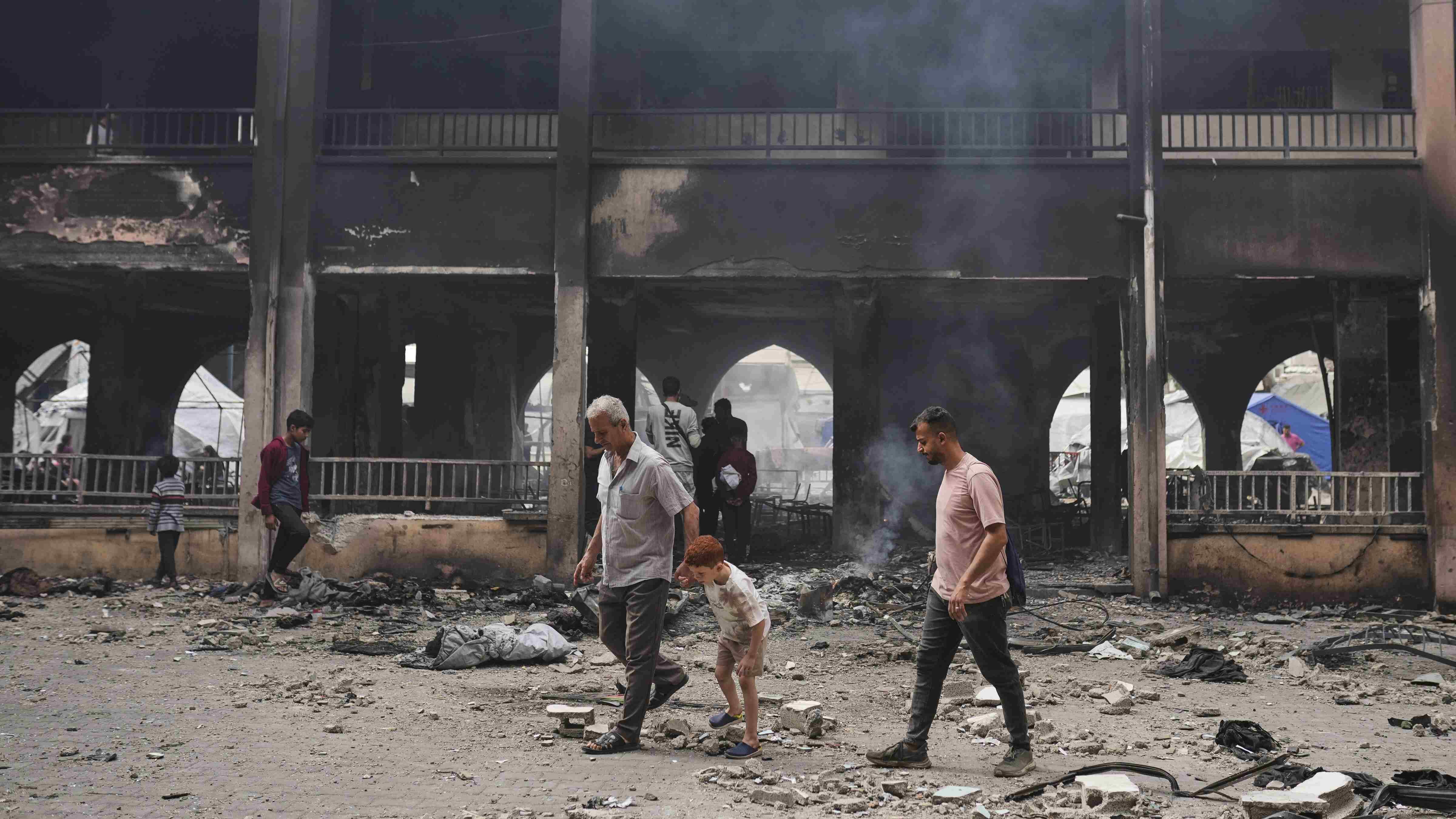Even frozen Antarctica walloped by climate extremes
ANTARCTICA

Even in Antarctica, one of the most remote and desolate places on Earth, scientists say they are finding shattered temperature records and an increase in the size and number of wacky weather events.
The southernmost continent is not isolated from the extreme weather associated with human-caused climate change, according to a new paper in Frontiers in Environmental Science that tries to make a coherent picture of a place that has been a climate change oddball.
Its western end and especially its peninsula have seen dramatic ice sheet melt that threatens massive sea level rises over the next few centuries, while the eastern side has at times gained ice.
One western glacier is melting so fast that scientists have nicknamed it the Doomsday Glacier and there’s an international effort trying to figure out what’s happening to it. And Antarctic sea ice veered from record high to shocking amounts far lower than ever seen.
What follows if the trend continues, a likely result if humans fail to curb emissions, will be a cascade of consequences from disappearing coastlines to increased global warming hastened by dramatic losses of a major source of sunlight-reflecting ice. That's something scientists have long been watching and are even more concerned about now.
“A changing Antarctica is bad news for our planet,” said Martin Siegert, a glaciologist, professor of geosciences at University of Exeter and lead author on the paper.
Siegert said he and his team wanted to understand more about the causes of extreme events, and whether more of those events would happen as a result of burning fossil fuels, so the team synthesized research on a wide range of topics including atmosphere and weather patterns, sea ice, land ice and ice shelves and marine and land biology.
The study found climate change extremes are getting worse in a place that once seemed slightly shielded from global warming’s wildness. The continent “is not a static giant frozen in time,” they said, but instead feels climate change’s wrath and extremes “sporadically and unpredictably.”
Anna Hogg, a co-author on the paper and professor at the University of Leeds, said that their work illustrates complex and connected changes between the ice, ocean and air. “Once you’ve made a big change, it can then be really hard to sort of turn that around,” she said.
And it's a change with links to human activity. “This is indeed a strong signature of climate change,” Helen Fricker, a professor of geophysics with the Scripps Institution of Oceanography at the University of California, San Diego who was not involved with the study, said in an email. “It’s not good.”
Siegert and Hogg's team looked at several factors including heat waves, loss of sea ice, collapse of ice shelves and impacts on biodiversity.
Siegert described last year's heat wave in Antarctica, which brought research station thermometers to a whopping 38 degrees Celsius (70 degrees Fahrenheit) above normal temperatures. Hogg said that sea ice is at an all time low, a major cause for concern: In the Antarctic, the July average for sea ice extent fell below previous low set in 2022. And ice shelves, which can be the size of several large buildings, are also under threat as they melt and eventually collapse.
Sea ice and ice shelves work like a cork in a bottle, holding back glaciers that would otherwise rush into the ocean. When they disappear, glaciers flow many times faster. What's more, the disappearance of large swaths of ice accelerates warming like swapping a white T-shirt for a black one on a hot summer day — replace ice with land or water, and suddenly the earth is absorbing the sun's rays rather than reflecting them.
















